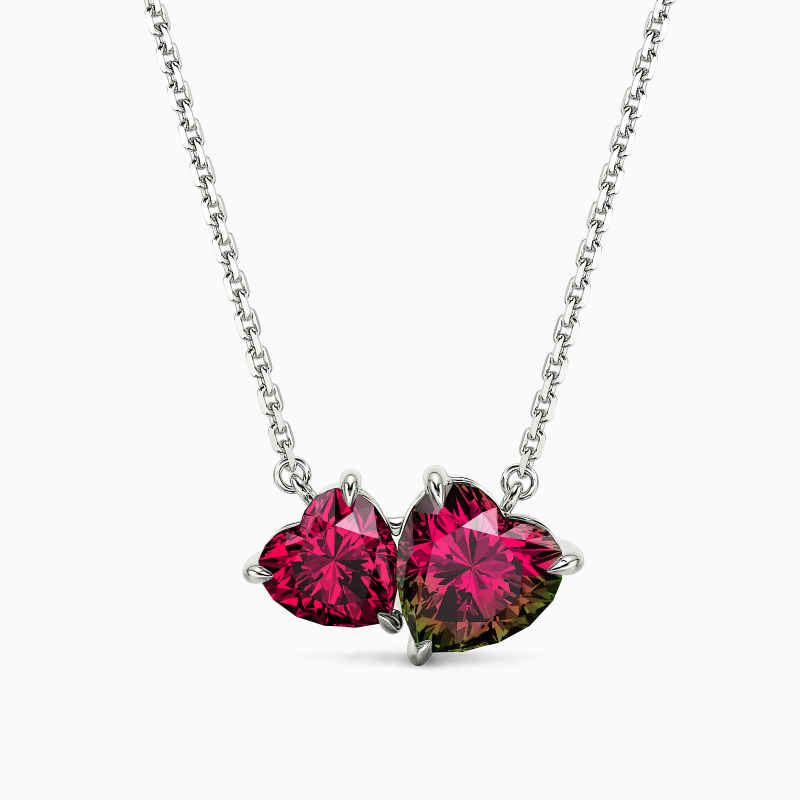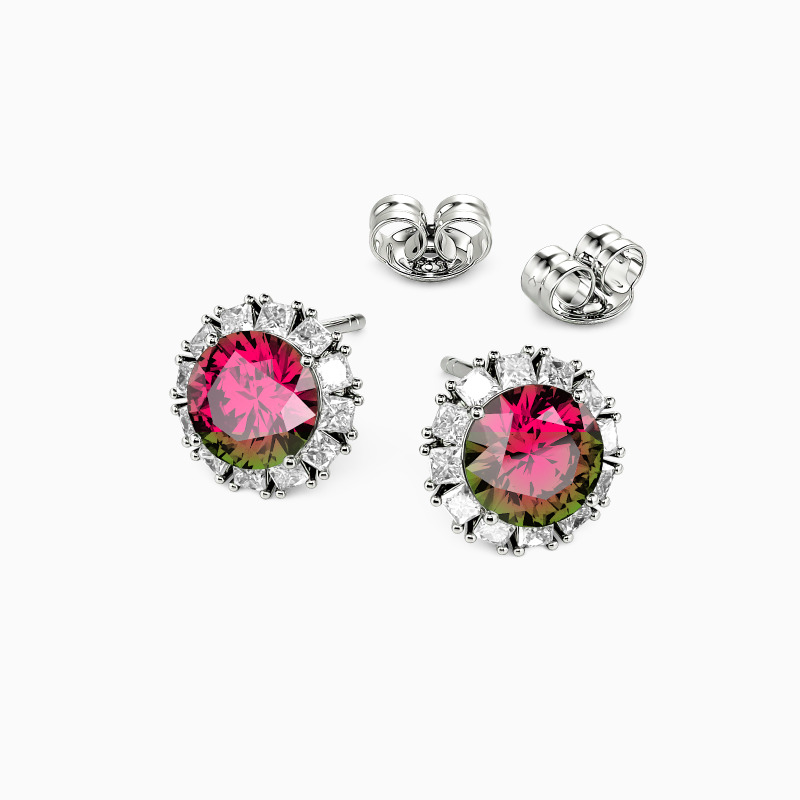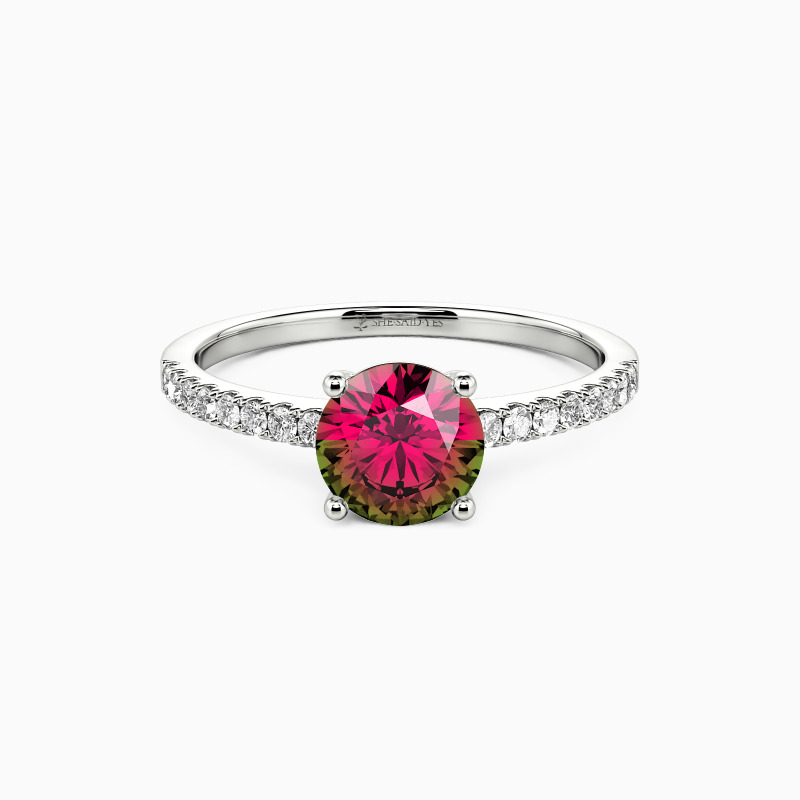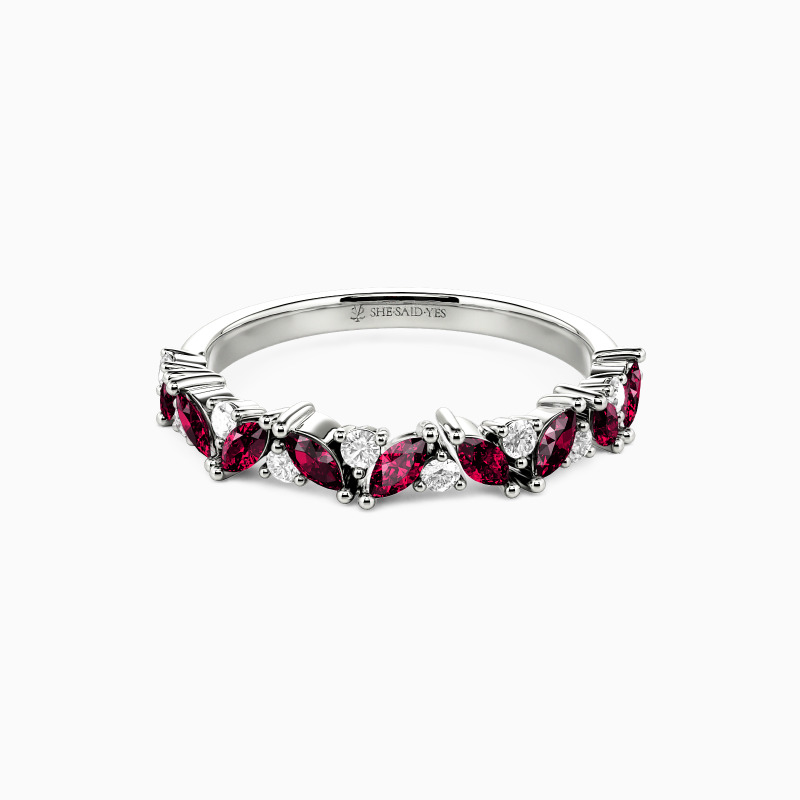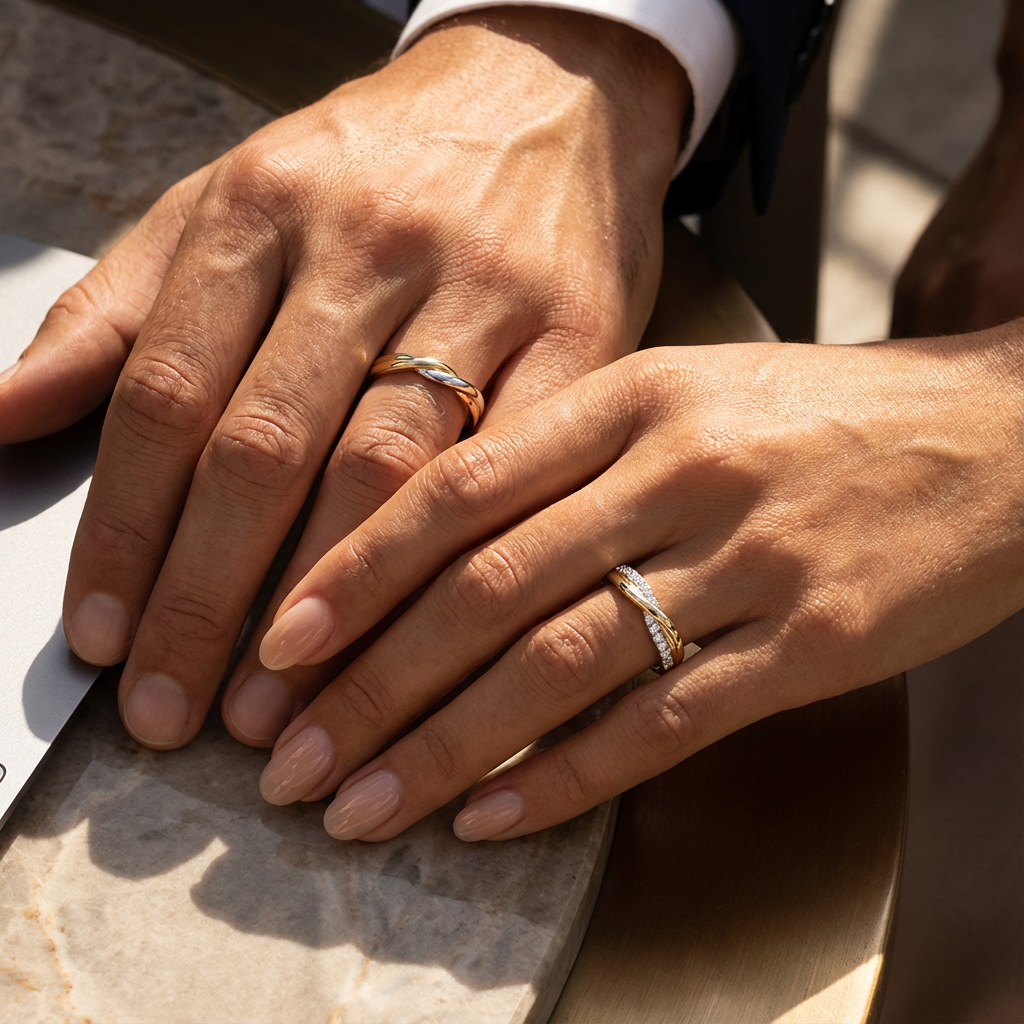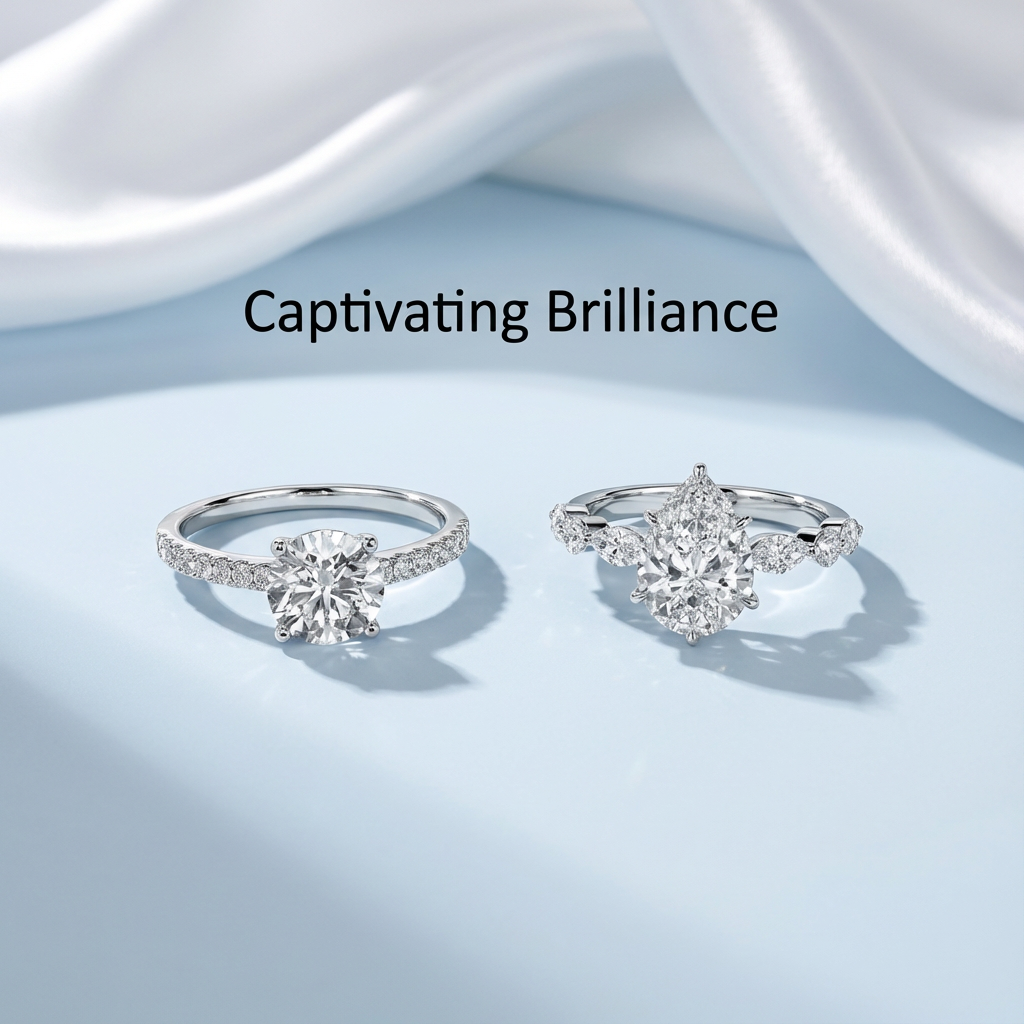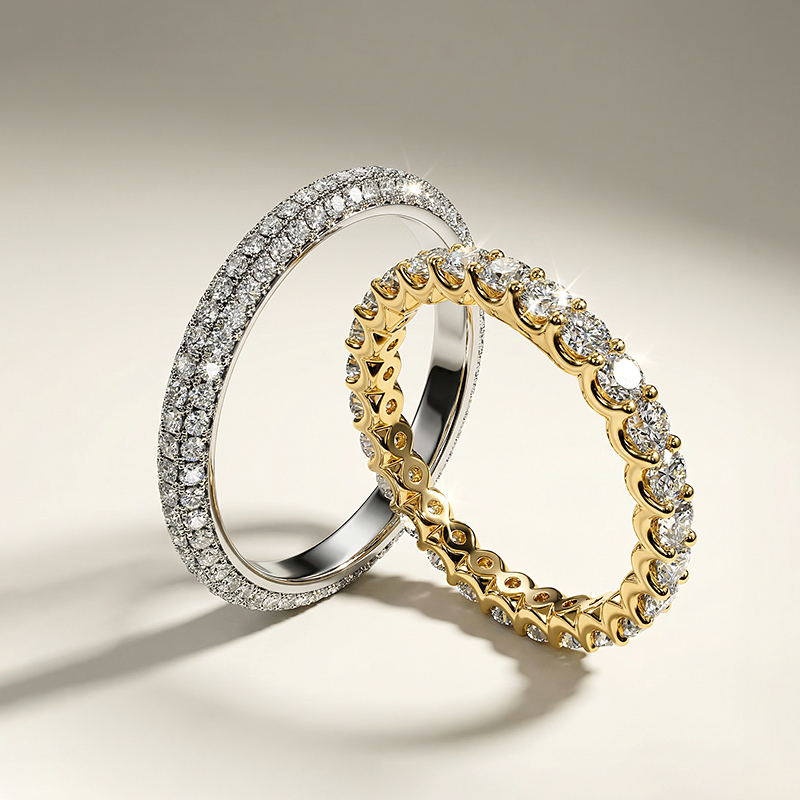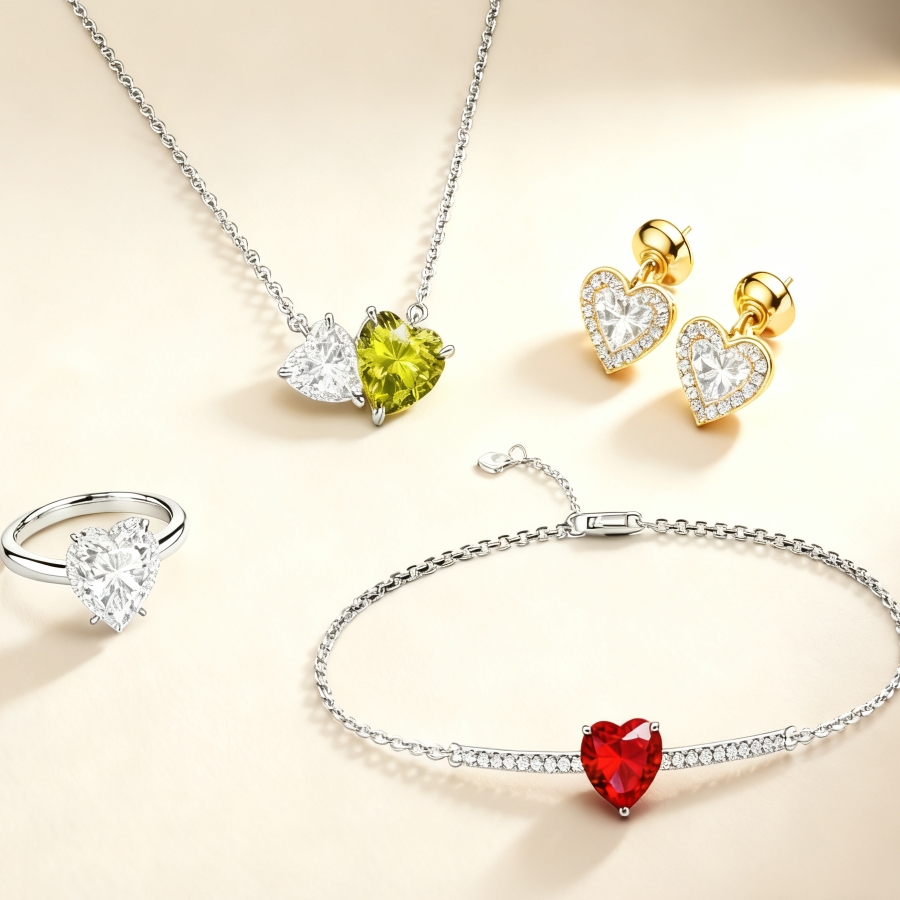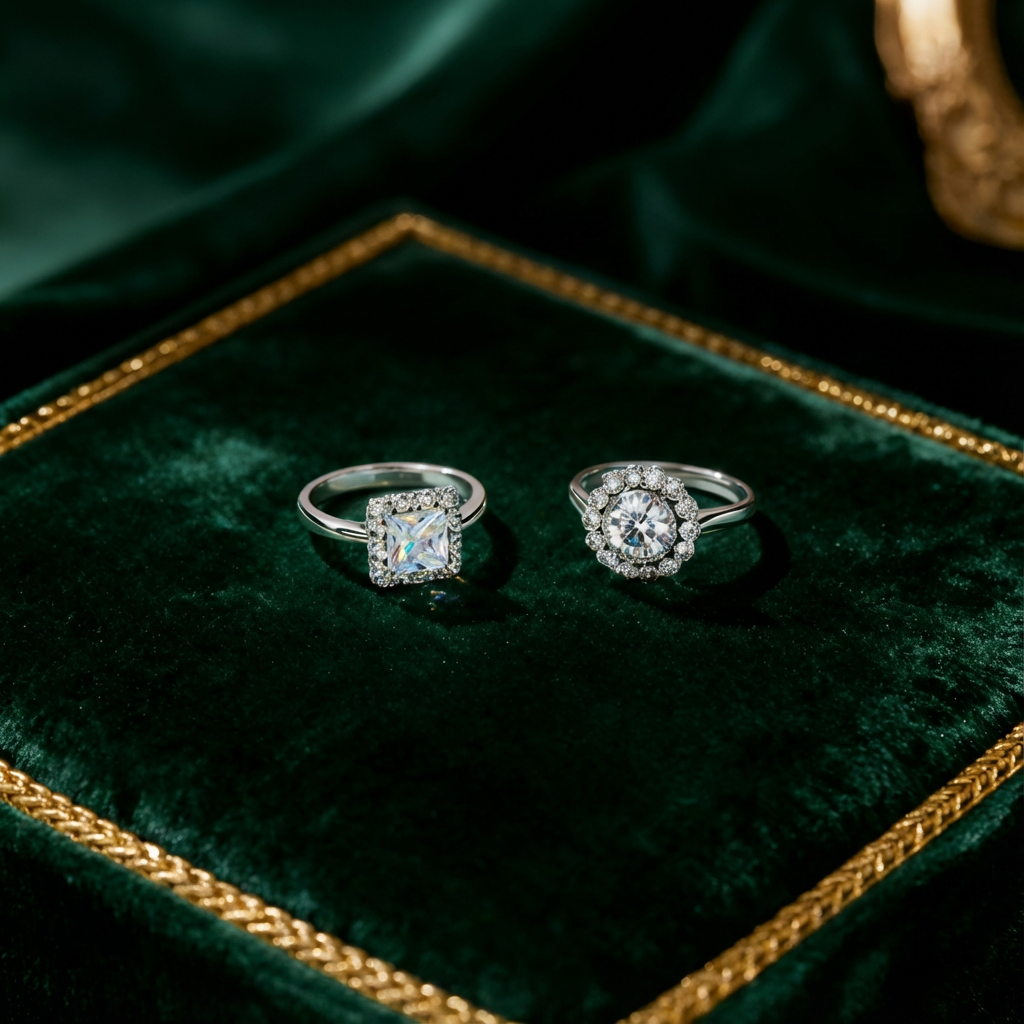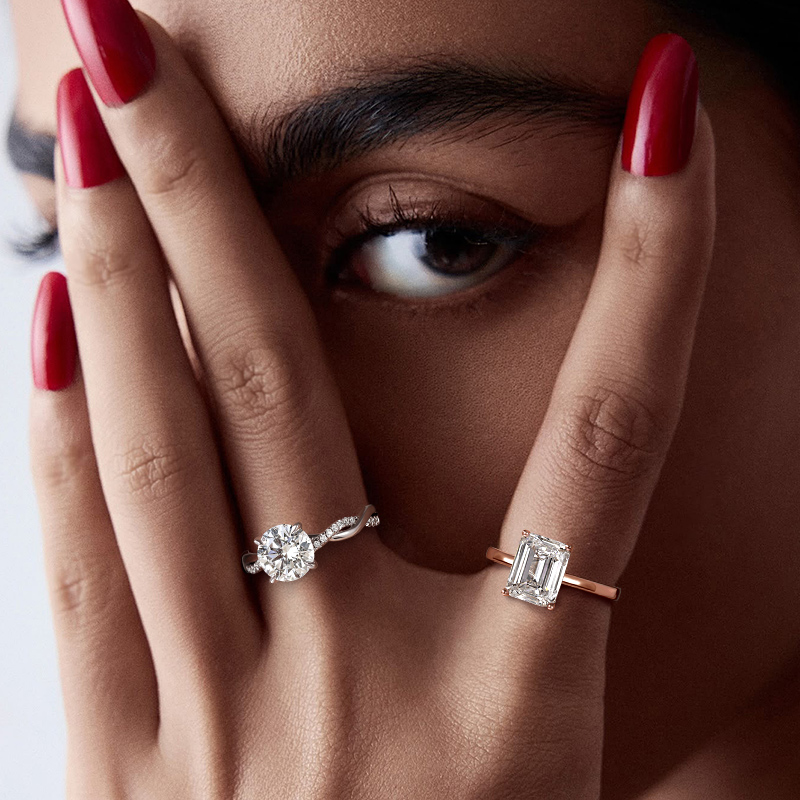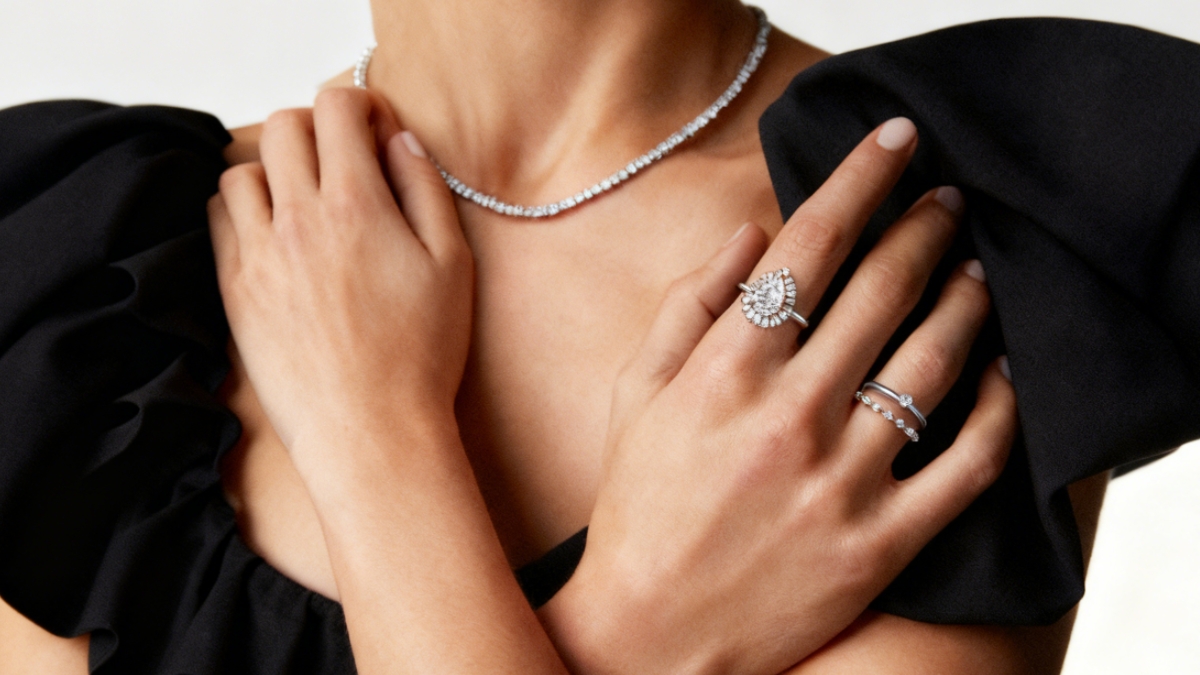October-born individuals are blessed with not one, but two spectacular birthstones: opal and tourmaline. While opal captivates with its signature play-of-color that shifts like a captured sunset, tourmaline surprises with its remarkable range—a single gemstone family that spans nearly every hue imaginable. Though strikingly different, both October’s birthstones bring unmatched beauty and meaning to jewelry. This guide explores why these two extraordinary gems share the October spotlight.
Historical Origins of October’s Birthstones
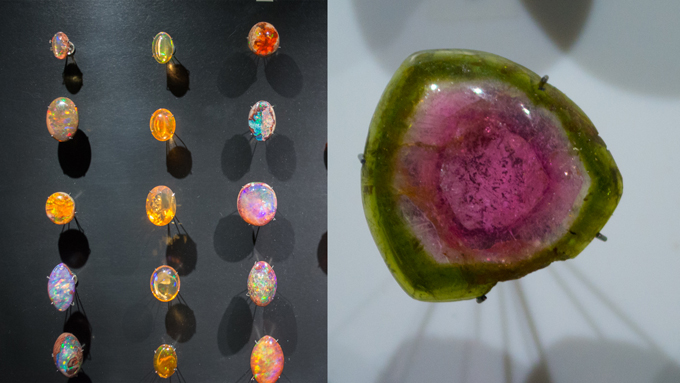
Opal: The Stone of Fire and Mystery
Opal’s history traces back to ancient civilizations. Roman scholar Pliny the Elder described opals in 75 AD as combining “the finest possible colors” of all gems. During the Middle Ages, opal was considered the “eye stone” due to beliefs it could make the wearer invisible when wrapped in a bay leaf. This association with vision and mysticism made it a favorite among seers and royalty alike.
Australia’s Lightning Ridge became the world’s primary source of opal in the 19th century, producing the famed black opals with their striking play-of-color. Despite a brief superstition in the Middle Ages that opals brought bad luck (thanks to a misrepresented novel), the gem remains a beloved choice for its ethereal beauty.
Tourmaline: The Rainbow Gem
Tourmaline’s story begins in Sri Lanka, where Dutch traders in the 1600s encountered vibrant green stones they called “turmali,” meaning “mixed gems.” The gem gained scientific recognition in the 18th century when Brazilian miners discovered electric green and pink varieties. When this gemstone was introduced to Europe, it became a favorite among royalty. Notably, Chinese Empress Dowager Cixi adored pink tourmaline, leading to a surge in its popularity in Asia.
A fascinating historical footnote: Early Spanish conquistadors in Brazil actually mistook green tourmaline for emerald, a confusion that persisted until mineralogists properly identified tourmaline as a distinct species in the 1790s.
Why Does October Have Two Birthstones?
October’s dual birthstones—opal and tourmaline—reflect both tradition and practicality. Originally, only opal represented October when the first standardized birthstone list was introduced in 1912 by the National Association of Jewelers.
In 1952, the National Association of Jewelers added tourmaline to offer a more durable and less feminine alternative to the more delicate opal, which some felt was too fragile for daily wear and too stereotypically feminine in appearance. This decision provided October-born individuals with more choices to suit different styles, budgets, and preferences, a tradition of multiple birthstones that also existed in ancient times to increase variety and accessibility.
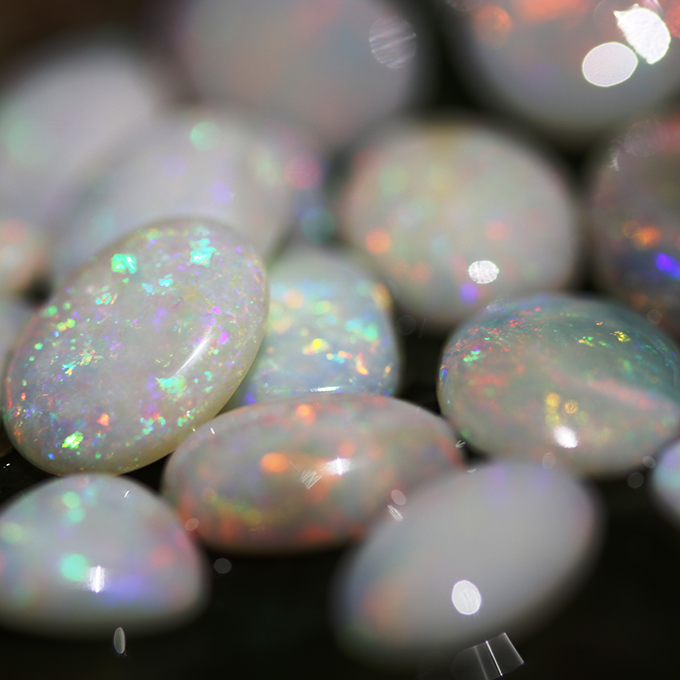
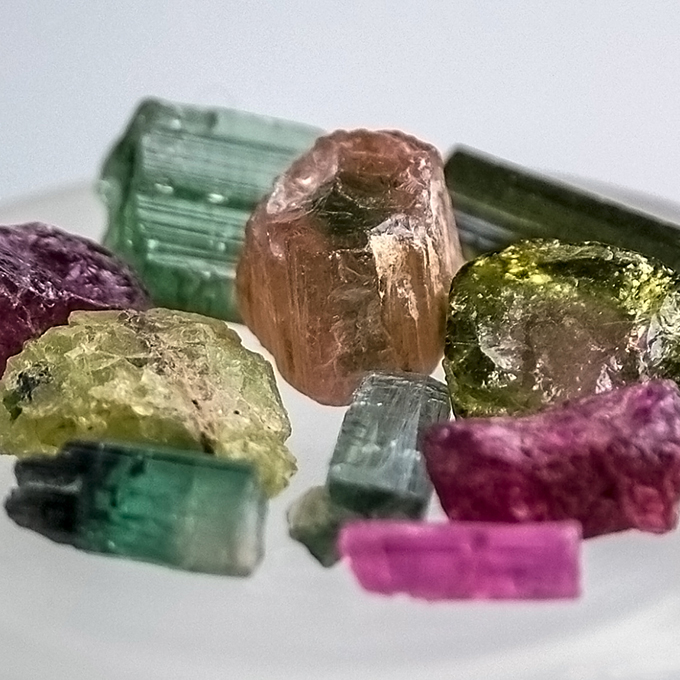
Tourmaline vs. Opal: Key Differences at a Glance
| Feature | Opal | Tourmaline |
|---|---|---|
| Hardness (Mohs) | 5.5–6.5 (Requires gentle handling) | 7–7.5 (Durable for daily wear) |
| Color Range | Play-of-color (iridescent flashes) | Every hue (even bi-color “watermelon”) |
| Best for | Delicate pendants, occasional-wear pieces | Engagement rings, bold statement jewelry |
| Care Tips | Avoid water, heat, chemicals; store with damp cloth | Safe for most cleaners; heat-resistant |
| Price Range | $$–$$$(Black opal = premium) | $–$$$ (Paraíba = most expensive) |
| Notable Sources | Australia (95% of world’s supply), Ethiopia | Brazil, Afghanistan, Nigeria |
| Unique Fact | Contains up to 21% water! | Naturally piezoelectric (generates charge) |
Symbolism: What Do October’s Birthstones Represent?

Opal: Hope, Purity, and Cosmic Connection
Opal’s shifting colors have made it a symbol of hope and creativity across cultures. In Arabic tradition, opals were believed to fall from heaven in lightning flashes. Victorian jewelers frequently used opals in engagement rings to represent fidelity and confident hope for the future.
Modern crystal healers associate opal with emotional expression and authenticity, making it meaningful jewelry for those embracing personal transformation. Its connection to the cosmos (resembling distant galaxies) adds a layer of celestial symbolism perfect for dreamers and visionaries.
Tourmaline: Protection, Balance, and Emotional Healing
Different tourmaline colors carry distinct meanings:
- Pink (Rubellite): Love and emotional healing
- Green (Verdelite): Prosperity and connection to nature
- Watermelon (Bi-color): Balance and reconciliation
Ancient mystics believed tourmaline could protect against negative energy, while modern wearers often choose it as a talisman for stress relief. Its piezoelectric properties (generating electricity under pressure) reinforce its reputation as a stone of energy and action.
Popular October’s Birthstone Jewelry Designs
Final Thoughts: Celebrating October’s Double Blessing
Whether drawn to opal’s celestial dance or tourmaline’s vibrant spectrum, October’s birthstones offer twice the reason to celebrate. These gems provide endless possibilities—from classic opal pendants to bold tourmaline statement rings, or even creative designs blending both October’s birthstones. For those born in this golden month, these treasures serve as perfect reminders to embrace life’s beautiful transitions—just like October itself, gracefully shifting between seasons while showcasing nature’s most dazzling colors.

